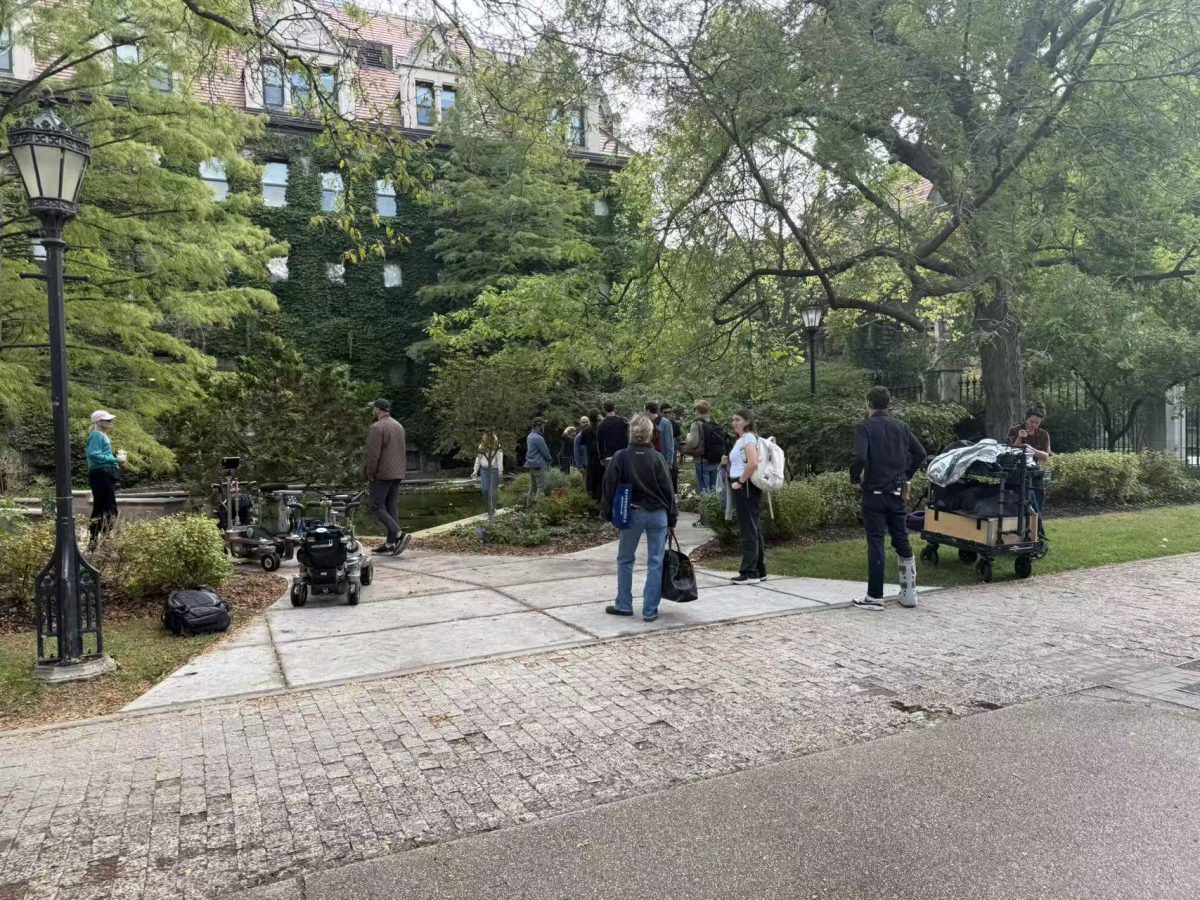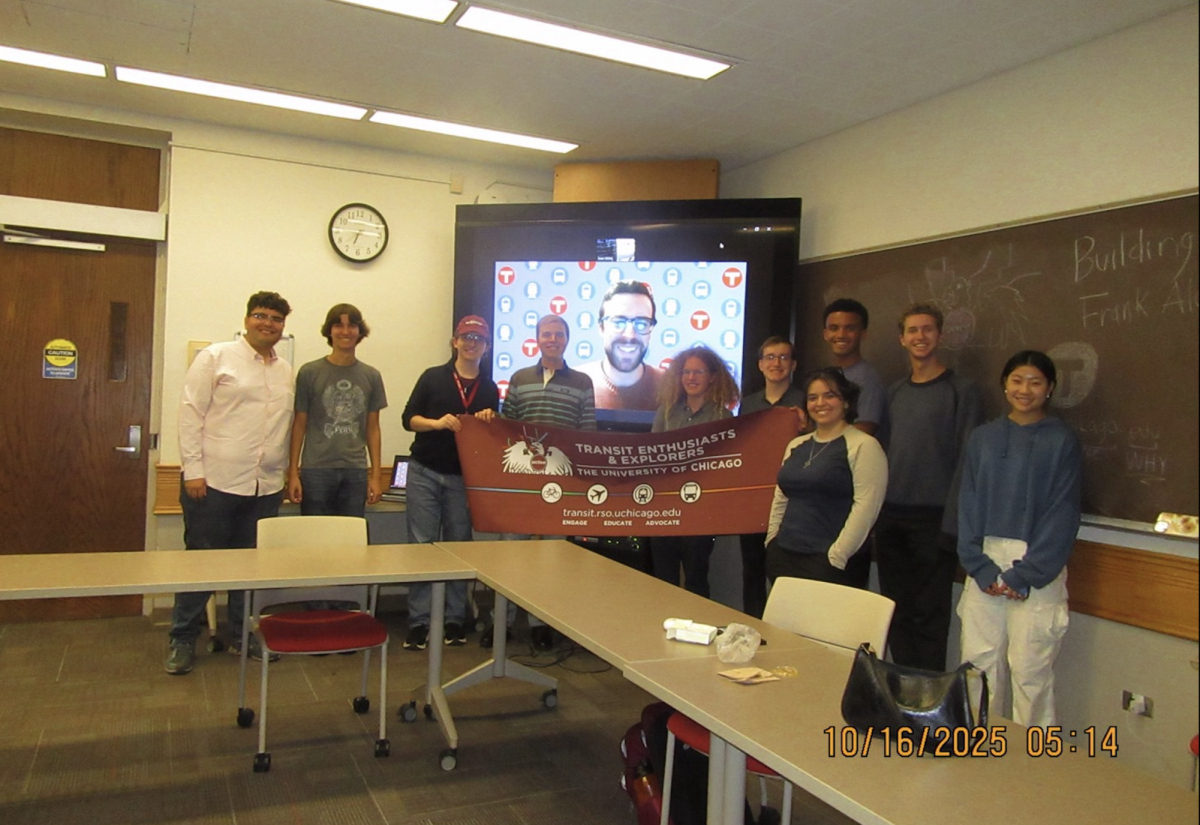Students shivering at the Garfield Red Line overpass may welcome the news that some South Side activists are pushing to send a CTA rail line straight through Hyde Park.
Known as the Gold Line, the proposed train would turn the existing South Chicago Metra Electric Line into something more like the Green and Red Lines by increasing train frequency to once every 10 minutes and allowing 25-cent transfers to other CTA trains and buses. And if approved soon, it would enhance the city’s bid for the 2016 Olympics, which could include many South Side events.
Because the main changes would be to add extra train cars and CTA card interchanges, organizers say the Gold Line is economically sensible.
“It would deliver more bang for the buck than any of the other rail proposals,” said Hyde Park resident James Withrow, who promotes the idea on his blog Hyde Park Urbanist.
In addition to faster trips downtown for U of C students and Hyde Park residents, organizers at Southsiders Organizing for Unity and Liberation (SOUL), which has advocated for the proposal, said that the Gold Line’s shorter trip time would bring much-needed foot traffic to Hyde Park.
“It would benefit all business and cultural venues: the Museum of Science and Industry, the South Shore Cultural Center, McCormick Place,” Linda Thisted, a member of SOUL, said.
Withrow agreed that the plan would have significant economic benefits. “It would make it easier for people to come to Hyde Park and shop,” he said, citing Wicker Park as an example of an area whose rail line has helped it develop its prominence as a retail center.
The proposal has gained support from local legislators, including Aldermen Leslie Hairston and Toni Preckwinkle (A.B. ’69, M.A.T. ’77), as well as State Representative Barbara Flynn Currie (A.B. ’68, A.M. ’73) and State Senator Kwame Raoul.
“There’d be less cars on the street, and the electric line means it’s good for the environment as well,” Hairston said. “It’d be nice to see this great idea come to fruition.”
The idea is not new: South Side resident Mike Payne advocated for the line a decade ago, which he called the Gray Line at the time. SOUL repackaged the idea last year, proposing a new stop in Bronzeville and leaving the Blue Island Electric line, which operates on the same tracks and travels further south, in Metra’s hands.
Thisted said SOUL is now looking for funding for a feasibility study, which will probably cost about $1 million, in order to gauge rider interest and estimate final costs. Her preliminary “back-of-the-envelope calculations” suggested a price tag of about $160 million for the project and potential for 40,000 riders a day. “In comparison,” she said, “the Pink Line cost about $482 million and gets 26,000 riders a day—so we think the Gold Line [is] a pretty reasonable economic idea.”
Organizers think the idea is important enough—and cheap enough—to draw support despite the news that the CTA is facing a budget shortage even worse than last year’s. Shrinking tax revenues are projected to fall $213 million short of the CTA’s operating costs—this despite the five-percent jump in ridership last year, the largest gain in 34 years.
Legislation passed last year will eventually require a universal fare card for Metra and CTA, Thisted said, but the plan has moved slowly.
“If U of C students think this is important, if they tell the admin this is a priority, that could help—the admin really does listen,” Withrow said.








